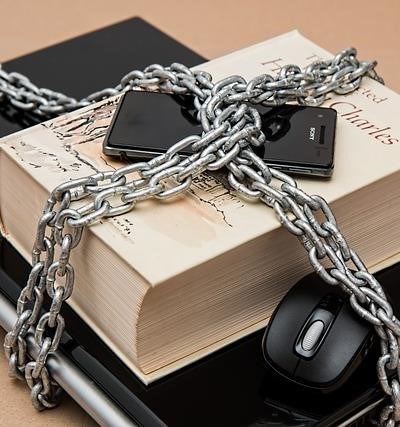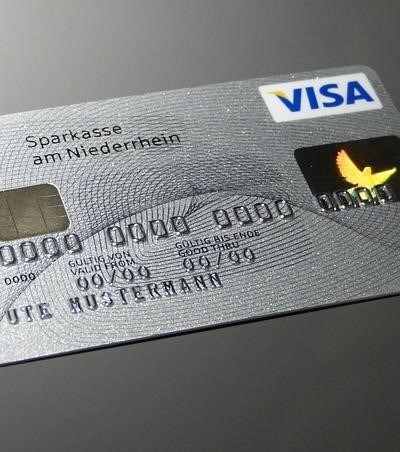I’ve always been a bit of a worrywart when it comes to my personal information, especially my Social Security number (SSN). The thought of identity theft kept me up at night. So, I decided to take a proactive approach to Social Security number protection and overall data security. My journey started with a stark realization: I was woefully unprepared for a potential data breach.
My first step was educating myself. I devoured articles and books on cybersecurity and information security. I learned about the importance of strong passwords, the dangers of phishing scams, and the need for robust privacy protection. I even took an online security awareness training course – surprisingly engaging!
Next, I implemented several strategies. I reviewed my credit reports regularly, a crucial element of fraud prevention. I set up access control on all my online accounts, using unique, complex passwords for each. I started using encryption for sensitive documents and communications. For my physical documents containing my SSN, I implemented strong data loss prevention measures, using a secure filing cabinet and shredding anything I no longer needed.
To further bolster my defenses, I explored vulnerability management; I’m not a tech expert, but I found several easy-to-use tools that helped me scan my home network for weaknesses. I even considered commissioning a penetration testing – a simulated cyberattack – to identify vulnerabilities before a real attacker could exploit them. While I haven’t done this yet, it’s on my list.
I also focused on risk management. I assessed the potential risks to my data, prioritizing the most sensitive information, like my SSN. This led me to develop a comprehensive data breach response plan, outlining the steps I’d take if a breach occurred. Crucially, I established a robust data backup and disaster recovery system to ensure business continuity and data restoration in case of a mishap.
My experience has taught me that comprehensive compliance with data protection regulations is paramount. While I’m not a large corporation, staying abreast of relevant laws and best practices is essential for privacy protection. My personal journey has been about more than just protecting my SSN; it’s been about taking control of my digital life and minimizing my risk of identity theft. It’s an ongoing process, but one I find both rewarding and essential.



This article resonated with me because I, too, have been concerned about data breaches. The author’s detailed explanation of vulnerability management and risk assessment was especially insightful. I hadn’t considered penetration testing before, but after reading this, I’m definitely going to look into it further. It’s a proactive approach I hadn’t thought of before.
I was impressed by the comprehensive nature of this article. It covered everything from basic security practices to more advanced techniques like data backup and disaster recovery. The author’s personal journey made the information relatable and less overwhelming. I’ve already started implementing the data backup strategy, and it’s already given me a much-needed sense of security.
I found this article incredibly helpful in outlining a practical approach to protecting my SSN and other sensitive data. I particularly appreciated the emphasis on education and the step-by-step guide to implementing security measures. I’ve already started implementing some of the suggestions, like regularly reviewing my credit reports and using stronger passwords. It’s given me a much greater sense of control and peace of mind.